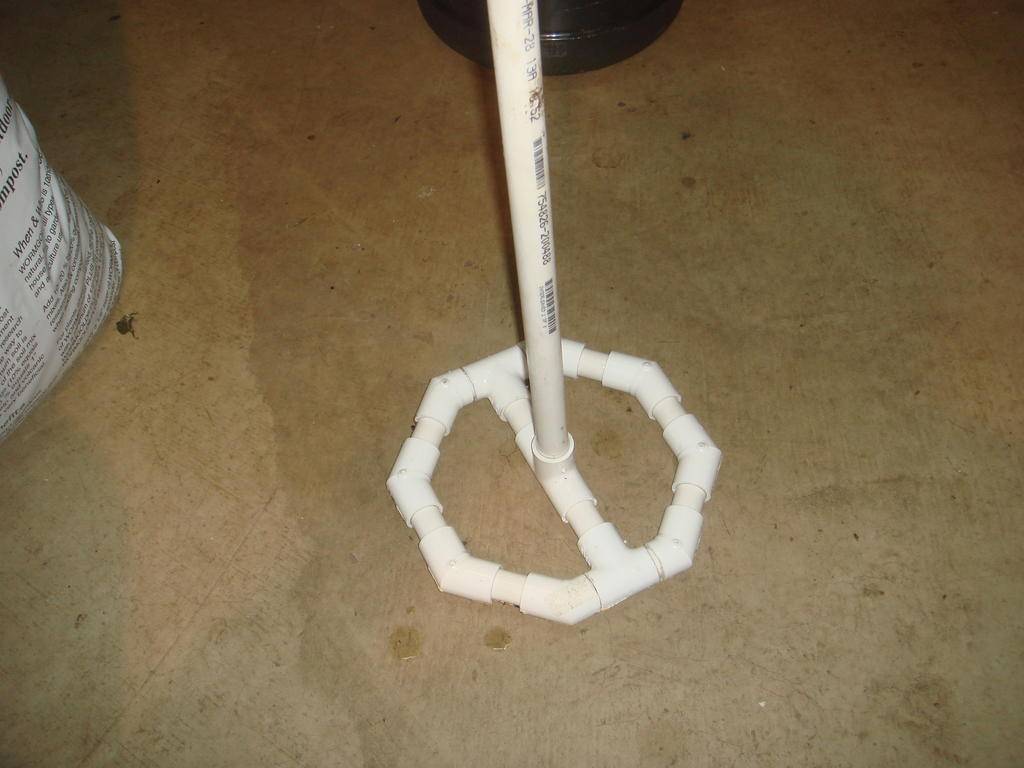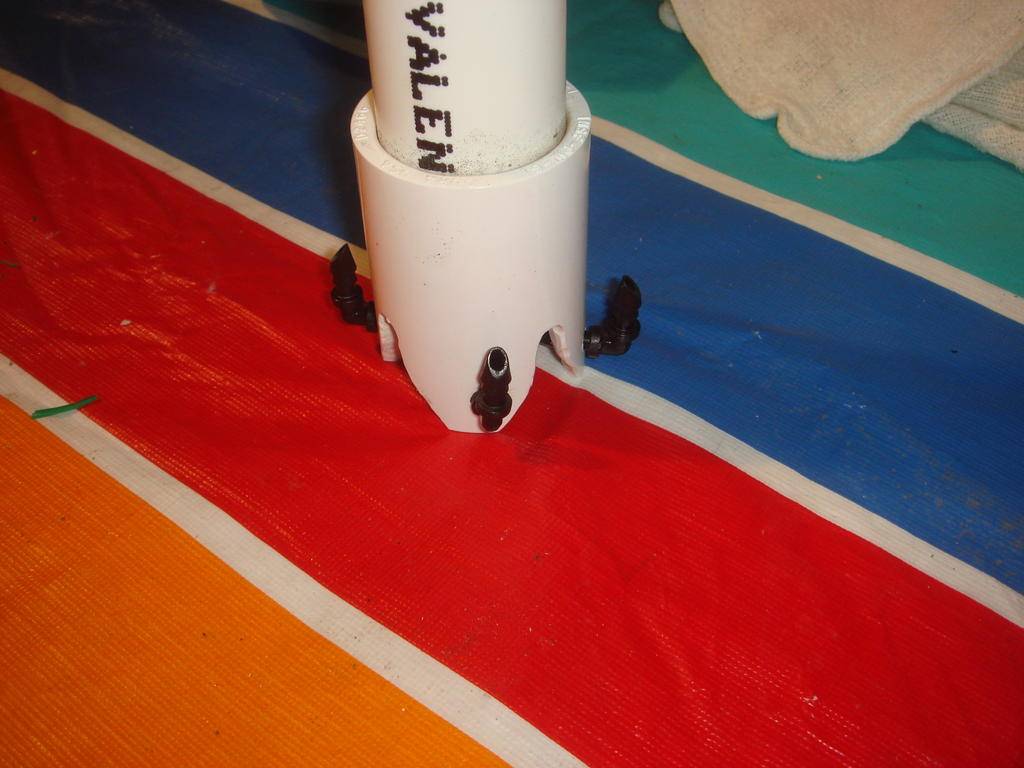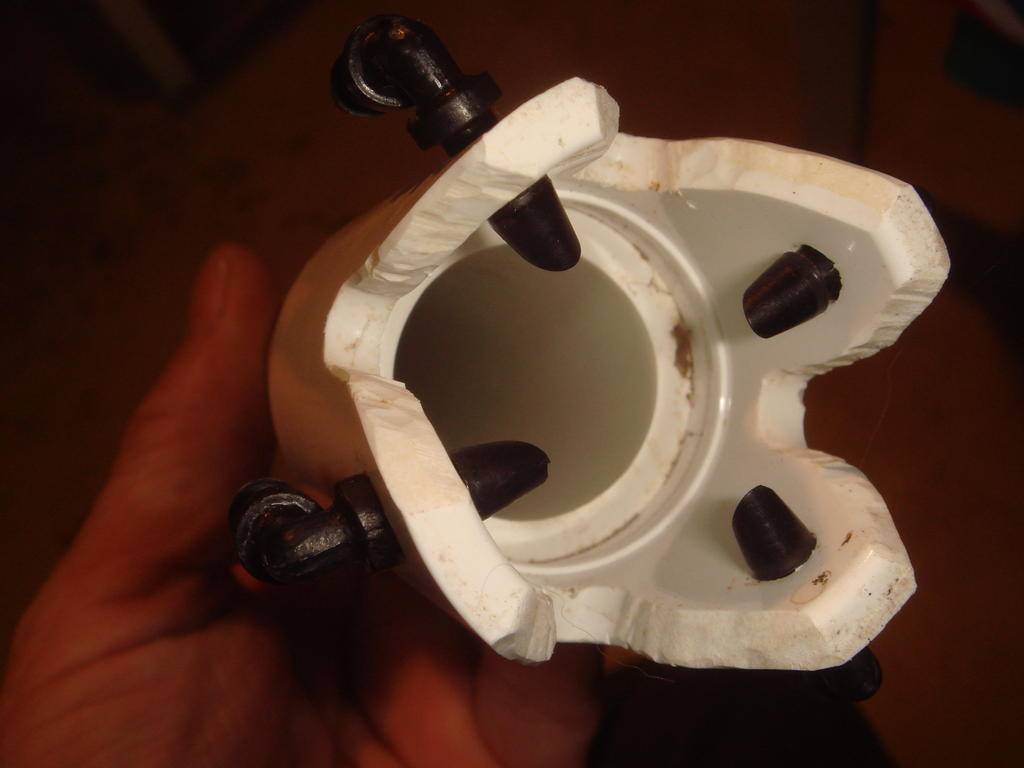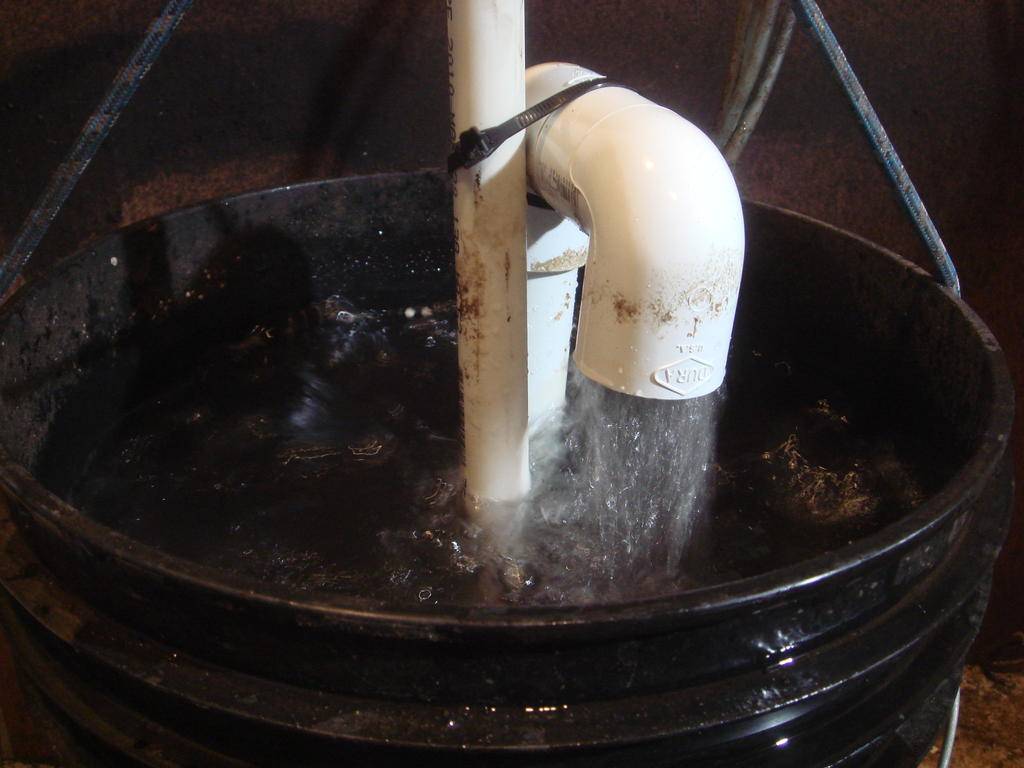-
Happy Birthday ICMag! Been 20 years since Gypsy Nirvana created the forum! We are celebrating with a 4/20 Giveaway and by launching a new Patreon tier called "420club". You can read more here.
-
Important notice: ICMag's T.O.U. has been updated. Please review it here. For your convenience, it is also available in the main forum menu, under 'Quick Links"!
You are using an out of date browser. It may not display this or other websites correctly.
You should upgrade or use an alternative browser.
You should upgrade or use an alternative browser.
S
Stankie
Damn you're quick dude! Edited my last post but you replied before I could finish aha.
So I started brewing the tea for at least 5 hours without any molasses, then added about 4 tbsp for a little over 2 gallons of tea. I think it was definitely the molasses that screwed something up.
And I should prob go flush these veggies with some clean water soon..because whatever was in that tea is some nasty stuff.
Start with everything you are going to put in the tea already in the water.
ie -> Don't add stuff to a brewing or finished tea.
Soaking the soil with a properly made diverse aact will do much more for you than 'flushing'
localhero
Member
Two questions;
What else besides muriatic acid can i use to clean airstones?
also, can anybody speculate on using cottonseed meal in a tea?
....good idea or bad idea?
-thanks
the only reason i would use an airstone is to weigh down an air line. my experience is that they always clog and are a pain. im not talking about the hardcore expensive air systems used for actual ponds. try your tea without the stone and see if theres much of a difference.
to tie down your air line you can use an old coffee mug...
I got fed up with airstones long ago, and I just use the tube now.
I got fed up with airstones long ago, and I just use the tube now.
G
greenmatter
1/4"-20 stainless steel nuts work great to weigh down an air line. they fit over the line tight enough that you may have to turn the nut and they never fall of. costs a dollar for 5 at home depot and the stainless steel hold up to any abuse that you can throw at it.
one open end.
bingo presto simple change-o
bingo presto simple change-o
RipVanWeed
Member
Air stones and floaty air lines were buggin' me so I fabbed up one of these.

Then took the thinnest cutting wheel for me Dremel and cut slots angling in and out from the bottom side. Fed by a dual diaphram pump, this does a good job of continually blowing the bottom of the bucket clean, seems to keep everything suspended.
No more airstones for Rip. Used to buy out the 99c store when they would stock 'em. 3 for a dolla. Didn't feel right using "disposable" tools in my grow.
Added a lift,



This brewer does a better job, I made a fungaldom AACT using fish hydrozilate and EJ Catylst ( 1st ingrediant is oat bran ). So many fungal floaties it looked like Egg Drop soup!
Interesting airstone sidenote, after they would get all gunked up, if I left them lying in reach, my dog would eat those spherical airstones like jawbreakers. Australian Shepherds are goatdogs.
Then took the thinnest cutting wheel for me Dremel and cut slots angling in and out from the bottom side. Fed by a dual diaphram pump, this does a good job of continually blowing the bottom of the bucket clean, seems to keep everything suspended.
No more airstones for Rip. Used to buy out the 99c store when they would stock 'em. 3 for a dolla. Didn't feel right using "disposable" tools in my grow.
Added a lift,
This brewer does a better job, I made a fungaldom AACT using fish hydrozilate and EJ Catylst ( 1st ingrediant is oat bran ). So many fungal floaties it looked like Egg Drop soup!
Interesting airstone sidenote, after they would get all gunked up, if I left them lying in reach, my dog would eat those spherical airstones like jawbreakers. Australian Shepherds are goatdogs.
Nice manifold Rip, I bet it works well.
You can use OxyClean (the detergent) to clean your airstones and manifolds, but if you don't think that is doing the job, get some Potassium Permangate and that should wipe out any living organisms.
Be careful though, PP powder can be very dangerous if mishandled or mixed incorrectly. It is a very powerful oxidizer so don't use metal containers, always use eye protection and don't get it on your skin. It will kill every living organism (given the proper dose and enough time) and will leave a brown residue on everything. You can clean that up with 3% hydrogen peroxide.
I brew teas in a 30 gallon brewer so it's easier for me to use PP to clean everything up as it is more powerful than Oxyclean.
You can use OxyClean (the detergent) to clean your airstones and manifolds, but if you don't think that is doing the job, get some Potassium Permangate and that should wipe out any living organisms.
Be careful though, PP powder can be very dangerous if mishandled or mixed incorrectly. It is a very powerful oxidizer so don't use metal containers, always use eye protection and don't get it on your skin. It will kill every living organism (given the proper dose and enough time) and will leave a brown residue on everything. You can clean that up with 3% hydrogen peroxide.
I brew teas in a 30 gallon brewer so it's easier for me to use PP to clean everything up as it is more powerful than Oxyclean.
Air stones and floaty air lines were buggin' me so I fabbed up one of these.

Then took the thinnest cutting wheel for me Dremel and cut slots angling in and out from the bottom side. Fed by a dual diaphram pump, this does a good job of continually blowing the bottom of the bucket clean, seems to keep everything suspended.
No more airstones for Rip. Used to buy out the 99c store when they would stock 'em. 3 for a dolla. Didn't feel right using "disposable" tools in my grow.
Added a lift,



This brewer does a better job, I made a fungaldom AACT using fish hydrozilate and EJ Catylst ( 1st ingrediant is oat bran ). So many fungal floaties it looked like Egg Drop soup!
Interesting airstone sidenote, after they would get all gunked up, if I left them lying in reach, my dog would eat those spherical airstones like jawbreakers. Australian Shepherds are goatdogs.
Good way to build a diffuser. You will always have better dissolved O2. How can you tell it is fungal? If you have a fungal CT typically the hyphae is microscopic. I suppose it is possible to have so many strands as to form mycelia but I believe that would be overkill without a specific reason.
S
Stankie
Nice manifold Rip, I bet it works well.
You can use OxyClean (the detergent) to clean your airstones and manifolds, but if you don't think that is doing the job, get some Potassium Permangate and that should wipe out any living organisms.
Be careful though, PP powder can be very dangerous if mishandled or mixed incorrectly. It is a very powerful oxidizer so don't use metal containers, always use eye protection and don't get it on your skin. It will kill every living organism (given the proper dose and enough time) and will leave a brown residue on everything. You can clean that up with 3% hydrogen peroxide.
I brew teas in a 30 gallon brewer so it's easier for me to use PP to clean everything up as it is more powerful than Oxyclean.
Wow!! That PP sounds like some serious stuff. Why use something like that, or muriatic acid, which poses such a risk? It sounds like a dangerous synthetic chemical that most organic growers may have an aversion to.
Why not use an EM-1 soak? Soap, water, rag, bottle brush, elbow grease? Grapefruit Seed Extract?
Wow!! That PP sounds like some serious stuff. Why use something like that, or muriatic acid, which poses such a risk? It sounds like a dangerous synthetic chemical that most organic growers may have an aversion to.
Why not use an EM-1 soak? Soap, water, rag, bottle brush, elbow grease? Grapefruit Seed Extract?
what is EM-1?
S
Stankie
It is a blend of Lactic acid bacteria, Yeast, and Phototrophic Bacteria that are beneficial anaerobic microbes.
I don't use a diffuser, but I've heard EM is good at cleaning the biofilms left behind.
~SCD Probiotics.comA. Lactic acid bacteria
Lactic acid bacteria produce lactic acid from sugars and other carbohydrates, developed by phototrophic bacteria and yeast. Therefore, some foods and drinks such as yogurt and pickles have been made with lactic acid bacteria for decades. However, lactic acid is a strong sterilizing compound, and suppresses harmful microorganisms and enhances decomposition of organic matter. Moreover, lactic acid bacteria promote the decomposition of material such as lignin and cellulose and ferments these materials, thereby removing undesirable effects of under composed organic matter.
I don't use a diffuser, but I've heard EM is good at cleaning the biofilms left behind.
Wow!! That PP sounds like some serious stuff. Why use something like that, or muriatic acid, which poses such a risk? It sounds like a dangerous synthetic chemical that most organic growers may have an aversion to.
Why not use an EM-1 soak? Soap, water, rag, bottle brush, elbow grease? Grapefruit Seed Extract?
Not trying to start any sh*t with ya, but I never mentioned muriatic acid and would never use that for disinfection/cleaning of any of my gear.
PP is an inorganic, powerful oxidizer that does not generate any toxic byproducts, but anyone with some basic chemistry background, an accurate gram scale and a little common sense can use PP with relative impunity.
It can be used to treat humans and animals as an antiseptic, but is more widely used in aquaculture and water treatment facilities to reduce or eliminate dissolved organic compounds, or at strong enough dosages, to sterilize the water. It was originally used (I believe) to make safe potable water.
Since it is typically sold as a powder, the difficulty lies in mixing it correctly and people who can't be bothered to do the math, or who are careless can be seriously injured if things go wrong.
I've seen people kill entire ponds full of fish, and there is occasionally the knucklehead who doesn't wear eye protection, but what chem lab did you have where you didn't wear eye protection when working with anything?
At the proper dosages and exposure (these can be found all over the web based on your application) PP will destroy almost all basic organic matter and most advanced organics (read fish).
It doesn't work on snails or flukes, but I doubt you have these growing in your tea brewer or hydro reservoir.
I've never heard of the other solutions you've mentioned, but I would almost guarantee that no matter what you chose, PP would be pennies on the dollar cheaper than that solution and would do a better job at disinfecting/sterilization. For my 20 gallon brewer, I can typically dose it with 1/4 tsp and bubble it for 6 hours and it will not be spent. 1 tsp of 3% hydrogen peroxide (buy it anywhere) will inactivate the remaining solution and I can dump the 30 gallons of solution anywhere and not hurt anything.
The trick is to know how to mix it and not over do it. What you want is a solution that consumes all the organics, and in the process, mostly consumes itself so at the end of the treatment period you are left with an inert solution to be drained/rinsed away.
Mix it too light and it won't do the job, mix it too strong and you have a toxic solution (that could kill plants and animals) to dispose of.
Now before you say "But, but, but" here is the easy trick. When PP is active and consuming organics, it is a vibrant purple color. When it is spent (not consuming anymore organics) it is a tannic/brownish color.
So if you want to disinfect your brewer and mix what you think is the proper solution and you check on it two hours later and it is brown, you simply redose with half of the initial dose and check it again in an hour. If you sneak up on the dosage this way, it will be easy to not overdo it and clean your equipment.
If you do happen to overdose, most times (at volumes of 50 gal and less) you can inactivate the dosage with less than a quart of 3% hydrogen peroxide (at you local drug store for about 99 cents). If you pour in a quart of H2O2 and it's still purple, you seriously suck at the maffs, or you shouldn't be handling any chemicals while you're blazed out of your mind.
I'll be happy to discuss further via PM as I don't want to derail this fine thread.
S
Stankie
Not trying to start any sh*t with ya, but I never mentioned muriatic acid and would never use that for disinfection/cleaning of any of my gear.
I'm not, as you put it, "Starting shit with you". . . . .
But if you actually read the thread, there was a post by Spok asking if there was an alternative to using muriatic acid about 10 posts back. I don't know if you consider this 'your' thread, but I was addressing similar questions in one post, didn't need to make a multi-quote or 2 posts, IMO . . . . . . . maybe I was wrong.
Enjoy your chemicals. I'll stick to stuff I can, and DO, drink.

stankie are you drinking a special brew, or just regular EM?
I had a bottle made up with grape juice concentrate sub'd for the molasses. It was mighty tasty, and gave one nice smelling breath.
I had a bottle made up with grape juice concentrate sub'd for the molasses. It was mighty tasty, and gave one nice smelling breath.
S
Stankie
I'm still on molasses for my EM. I usually do water, EM, molasses, alfalfa, and a little sea salt to start brewing. After about a week, I'll take a cup of the brew out and add a cup of organic juice, fulvic acid, and some others and let that ferment some more.
I tried to use agave nectar, but fermentation took forever. Never tried just juice to start, maybe next batch. I like to experiment.
I tried to use agave nectar, but fermentation took forever. Never tried just juice to start, maybe next batch. I like to experiment.
wonder how much bat guano should I use at the peak of flowering? can't measure ppm so amount in grams or how many cups would be ideal.
have a blessed week!
D.
I've found for flowering guano, (or veg guano for that matter) I think it's best to use it as a top dress. I've tried it as a amendment, and as an ingredient in tea. The tea sometimes burned my plants. In 5-7 gallon pots the most I would top dress with is a quarter cup.
I now know high amounts of P are not all that necessary for flowering, (research the mith of high P) so while I'd like to use up what I have left of Indonesian bat guano, I use it sparingly.... hope this helps you.....scrappy

